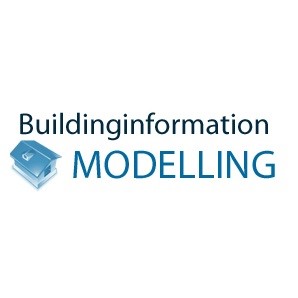Modern facades may have cleaner lines than those of old, but on the inside, our buildings are more complicated than ever before. Their design must take account of plumbing, heating, cooling, air conditioning, data communications, energy efficiency, security and a variety of other infrastructures and advanced material characteristics. Design parameters are often scrupulously laid down in building codes. It is difficult to meet all these parameters successfully without better ways of managing construction projects and ongoing building operation.

Building information modelling is a state-of-the-art solution.
How does BIM work?
The process begins with a 3D-CAD model linked to all the stages of the project life-cycle, supported by advanced document management resources. This model develops as the project proceeds through the planning, designing, construction and maintenance phases of the building. It allows the architect, developer, intended occupants and other stakeholders to experiment with the design, generate efficient workflows, confer and coordinate with each other, and see outcomes with a clarity never before possible as a 3D simulation.

BIM plots every detail of the building both in advance and during the course of its build. The benefits extend long after the topping out, delivering resources for future maintenance teams or for occupants who want to adjust or extend their facilities. Unlike washing machines, buildings used to come without manuals, but now they do include them.
Do I need BIM?
In many countries, the UK amongst them, BIM is often mandatory for major building and infrastructure projects (see https://www.gov.uk/government/publications/building-information-modelling). However, not all builders have the resources or know-how to provide it. Building information modelling requires many areas of expertise and significant human and IT resources. Modelling in fine detail requires intimate knowledge of every system that goes into it, including HVAC, security systems, structural materials, energy-efficient technologies, structured fibre optic cabling, fire safety equipment, and building codes.
If you’re already searching for proven building services Manchester and London are served by Piggott and Whitfield (https://www.piggottandwhitfield.co.uk/services/). Take time to check out the portfolios of previous successful projects.
Maintaining a BIM model in scrupulous detail and in real time often requires intelligent, event-driven video surveillance of the construction site and the finished building. Therefore, some aspects of the BIM infrastructure readily evolve directly into the building’s future site security, process control, site management and health and safety systems.

